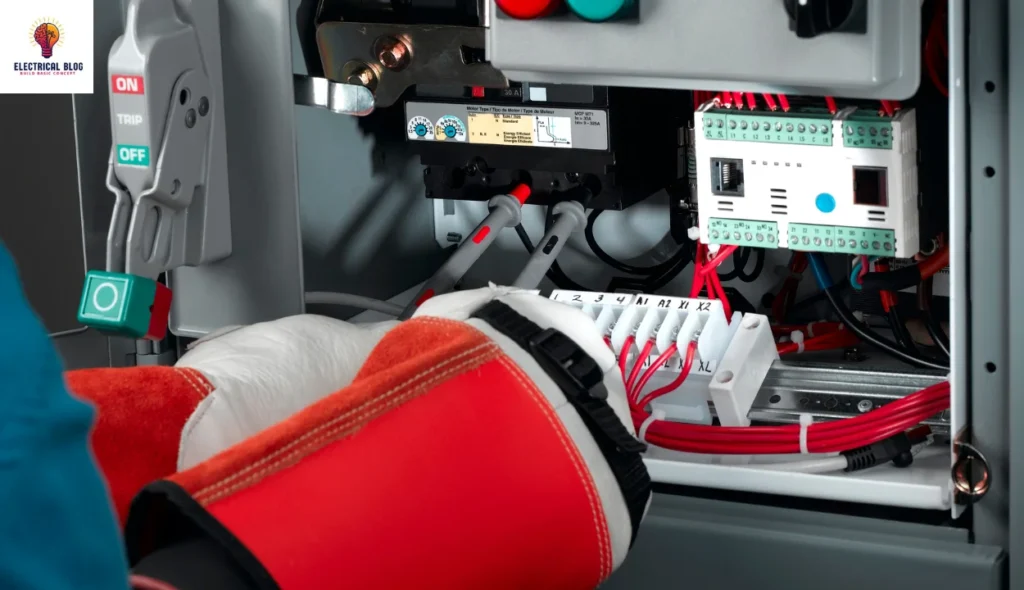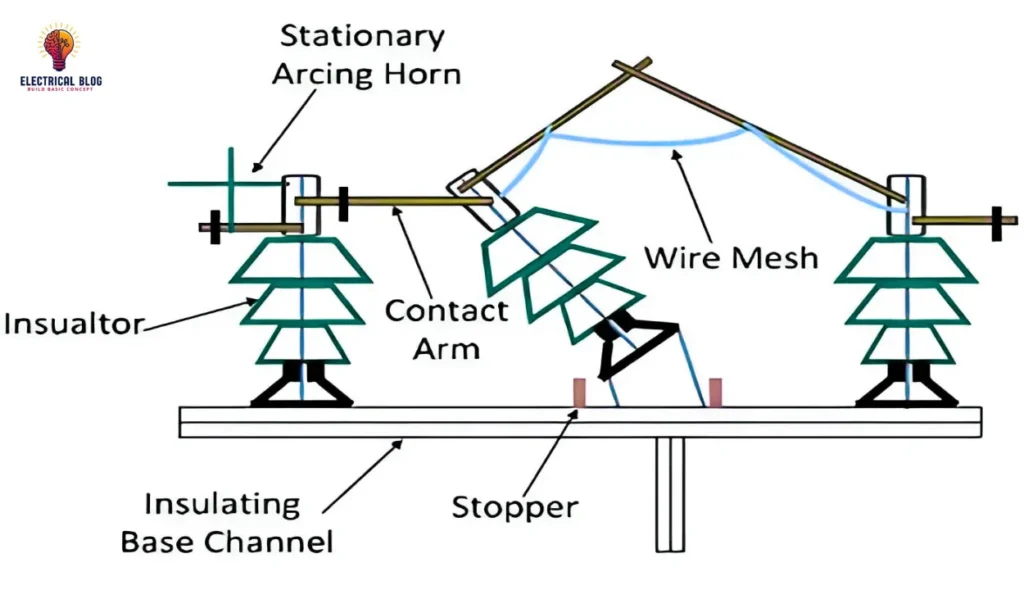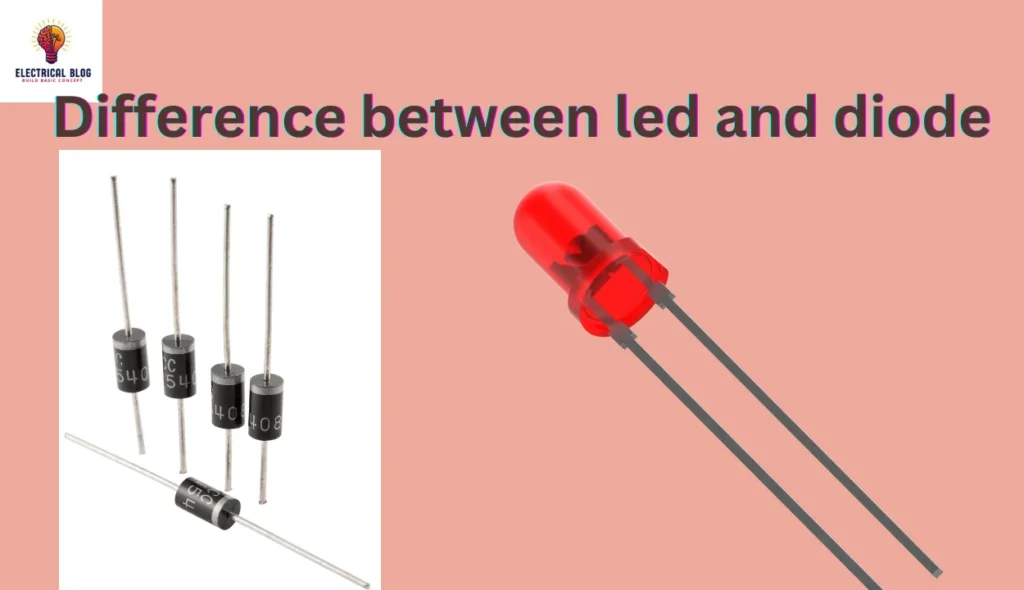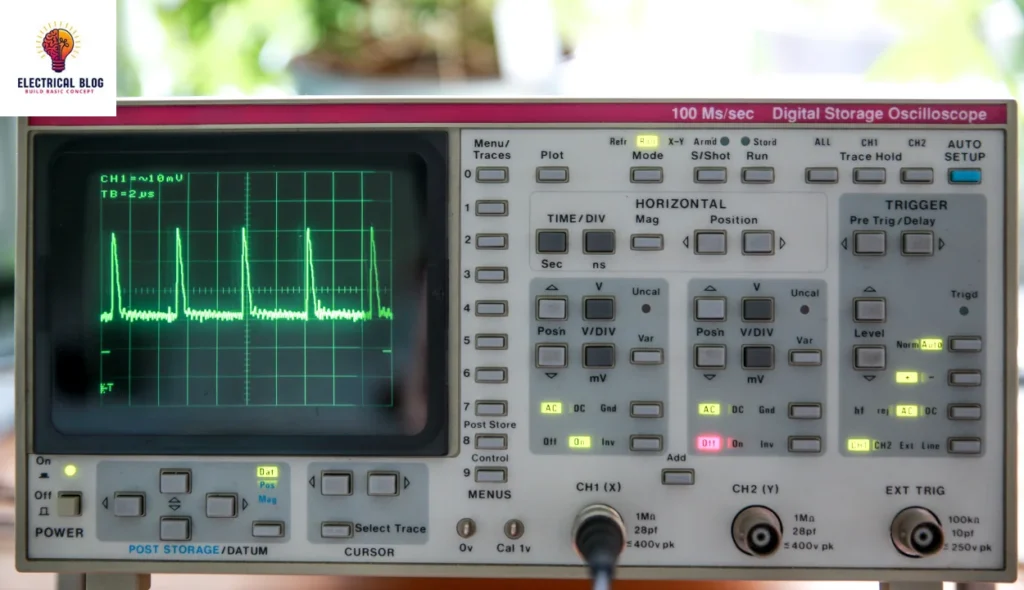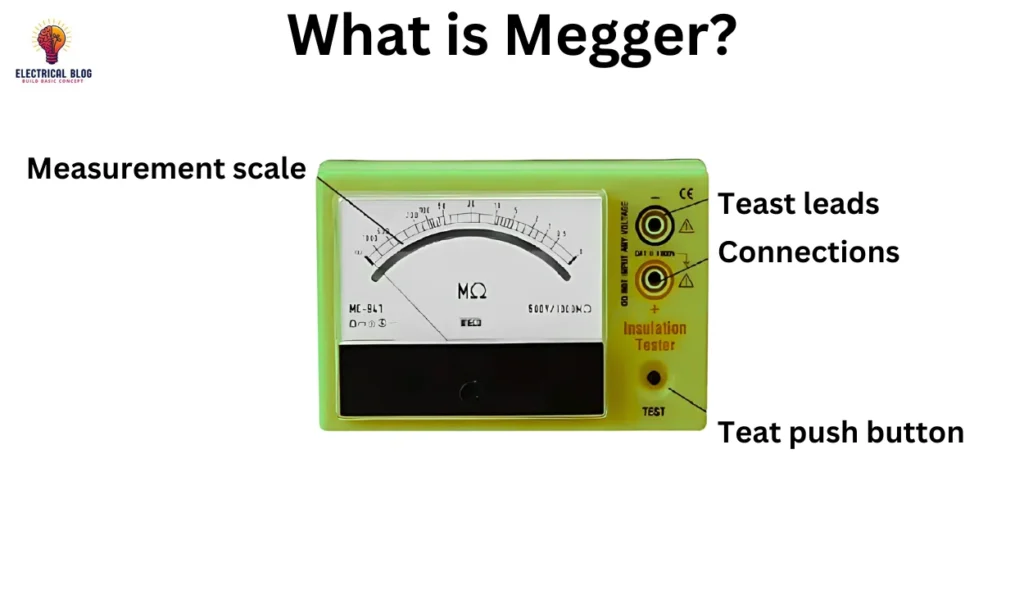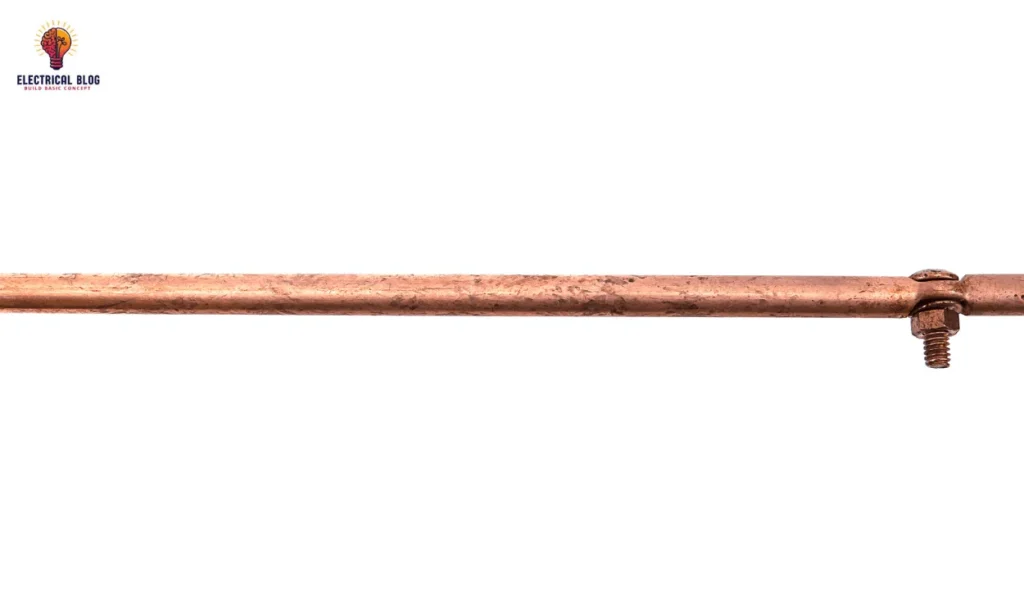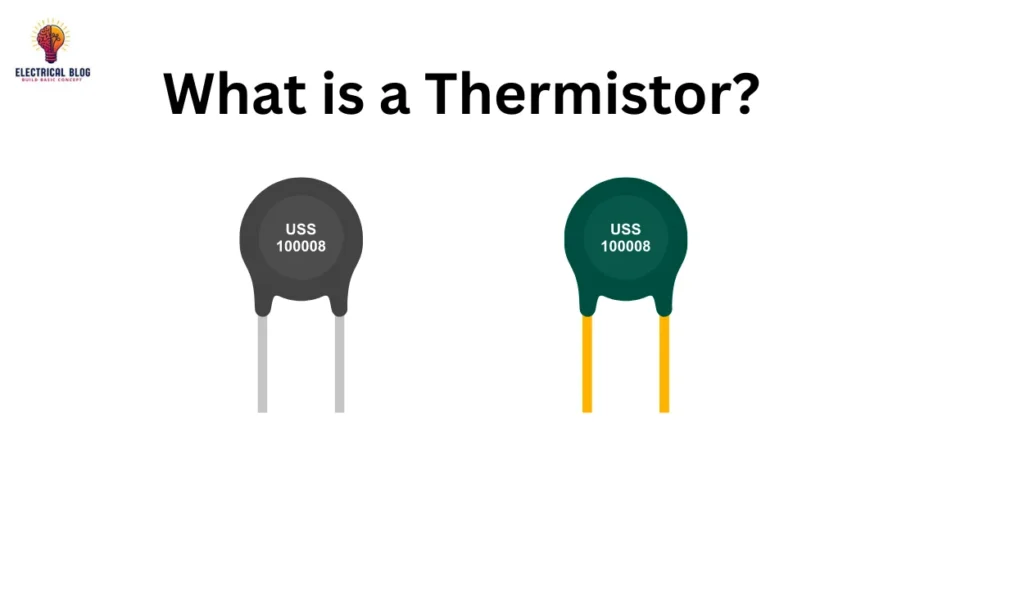Testing of Circuit Breaker: A Complete Guide
Introduction Circuit breakers are vital in electrical systems. They protect circuits from overloads, short circuits, and faults. They must disconnect the electricity during abnormal conditions. This prevents fires, equipment damage, and dangerous situations. However, all electrical devices wear out and can fail without warning. This includes circuit breakers. That’s where routine testing of circuit breaker […]

